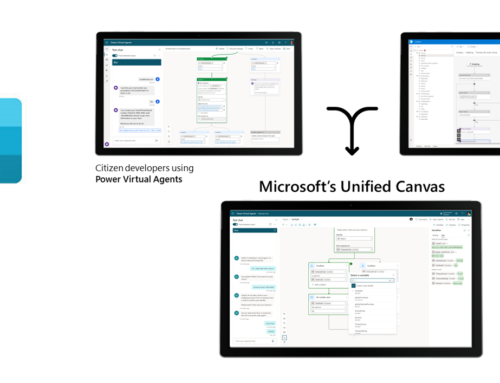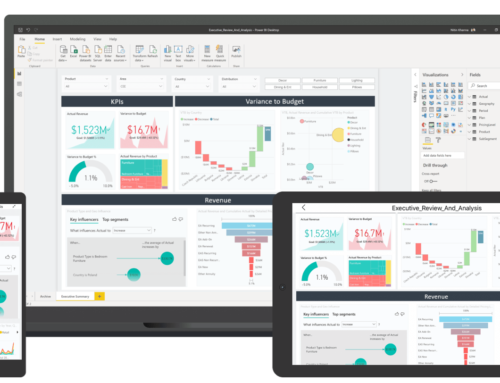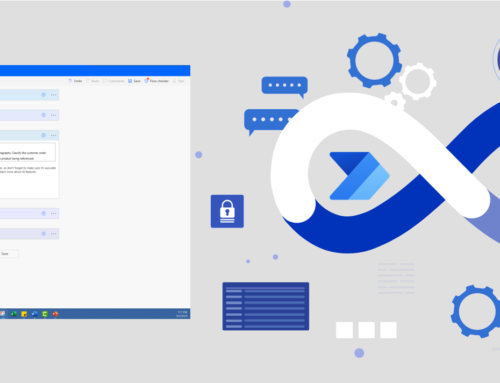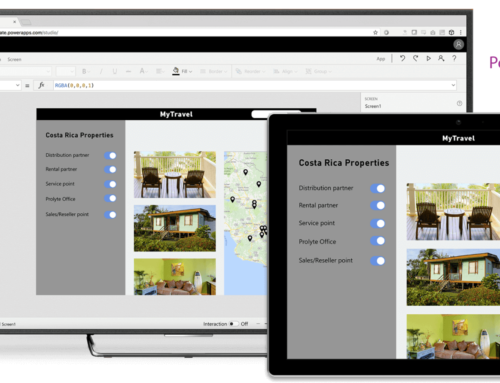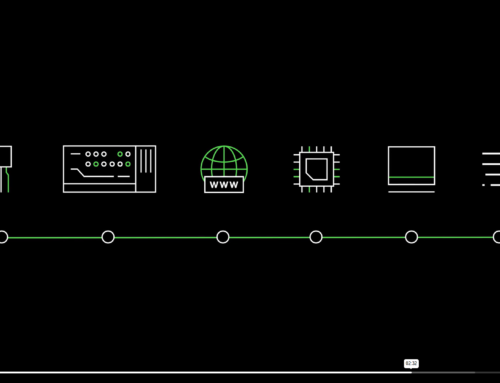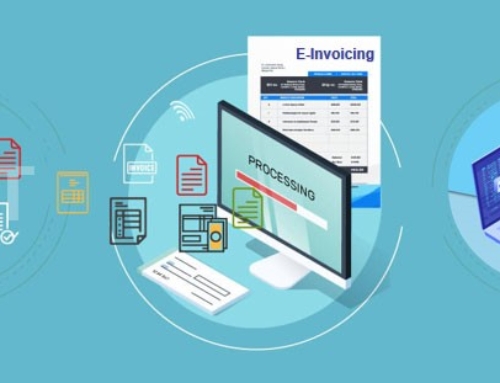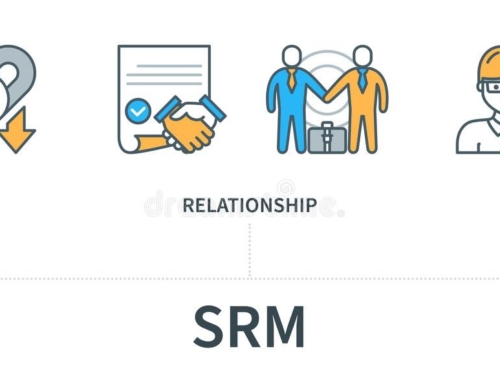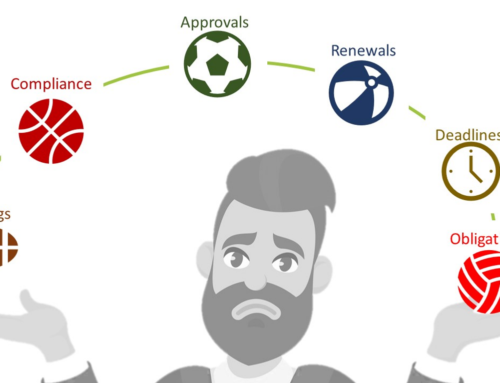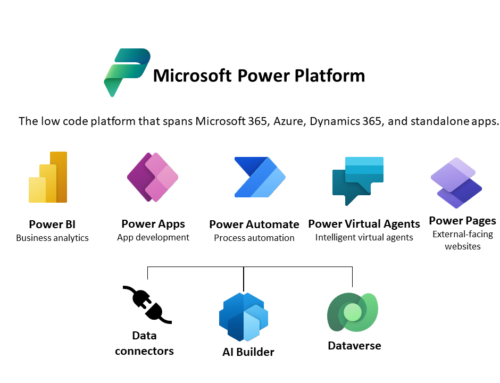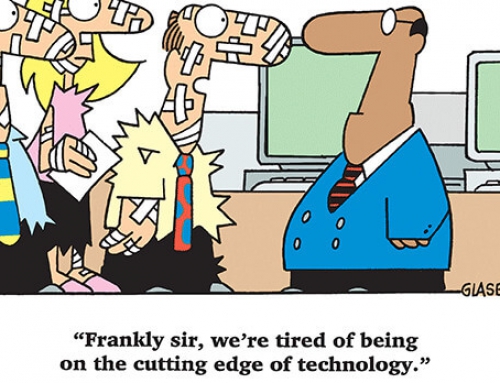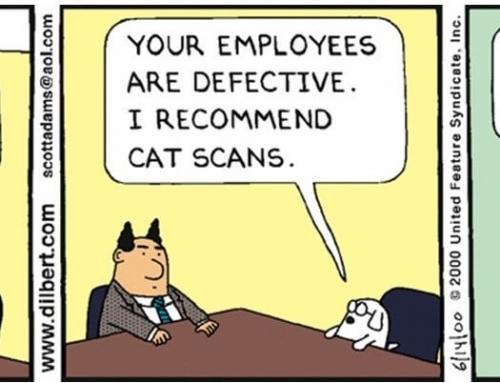Low code and no code are two terms that you may be familiar with through the developer community. It’s possible that you’ve used them yourself or may come across them again as you explore some of the alternatives available for application developers. LCNC platforms make it easier for non- programmers to create applications. In this blogpost, we will explore these terms and how they relate to the software development lifecycle, and what benefits can be gained from using them
LCNC platforms allow developers to create software applications quickly with minimal manual coding. Low code websites are often combined with drag-and-drop functionalities that enable users to build applications by assembling pre-built components. The low code technology provides a visual interface that can be used to create applications with minimal manual coding and reduces the time required for manual coding.
Typically, LCNC platforms fit into the early stages of the SDLC (Software Development Life-Cycle), such as requirements gathering and prototyping, as well as later stages such as deployment and maintenance. However, it’s important to note that low-code/no-code platforms are not a substitute for traditional coding practices and may not be suitable for all development needs. The SDLC should be evaluated on a case-by-case basis to determine if low-code/no-code platforms are the best fit for a particular project.
Another advantage of LCNC technology is the ability to build applications with a user-friendly interface. The visual interfaces provided by these platforms make it easier for non-technical users to create and manage software applications. This allows businesses to empower their employees to create and manage software applications without the need for specialized technical skills.
In conclusion, LCNC is:
- The future of application development
- Is faster and more efficient
- Is friendly for non-technical users
If you need assistance getting started with your LCNC journey, get in touch with us ([email protected])



